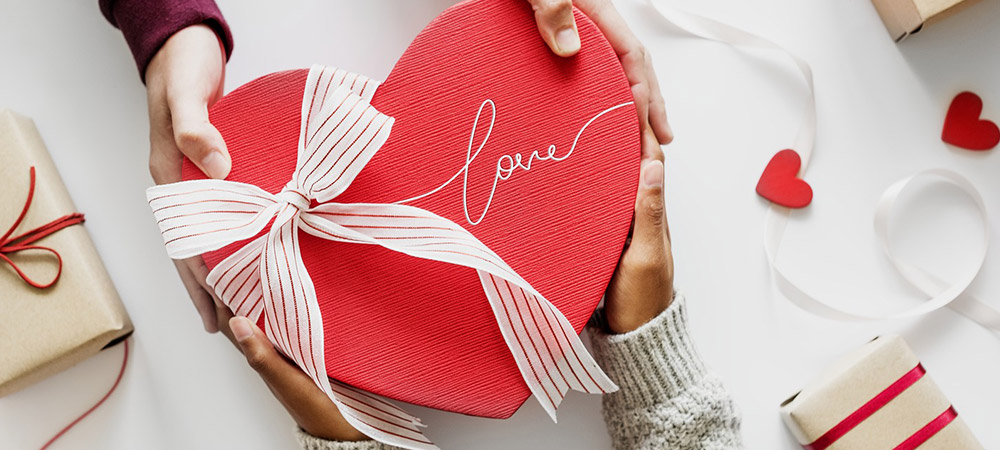When Cupid Brings Allergy to Valentine’s Day

Romantic comedies have set the bar high for Valentine’s Day, and they may have even shaped the holiday as we know it today. It seems like no one really knows the origin of the holiday — some think it’s celebrated due to a Roman festival, the death of a saint, or a celebration of spring — but today, we use Valentine’s Day as an excuse to celebrate love with heart shaped boxes of chocolate and elaborate, candlelit dinners.
During February, stores are filled with jewelry, candy, and flowers, and while it’s the picturesque vision of romance, it can also be a hazard for those with allergy. Some of the elements most commonly associated with Valentine’s Day also contain offending allergens that can cause trouble for those with allergy. Here are some of the most common allergy-containing elements of Valentine’s Day and some generally “safe” options for the Valentine in your life.
Candy
Candy is a common Valentine’s Day gift from young to old. Candy exchanges are so common in elementary schools, and decadent chocolates are often devoured by adults. Depending on the individual, there may be a food allergy to nuts, soy, milk, wheat, and many other ingredients that are commonly found in these sweet treats.
Allergy friendly option
Certain candies such as Skittles, Starburst, Life Savers, Swedish Fish and Sour Patch Kids are free of the top 8 allergens. And there’s always the fruit bouquet if you want to share sweets with a little bit of health consciousness.
Flowers
One of the most stereotypical parts of Valentine’s Day is large bouquets of flowers. It’s a beautiful gesture, but those with seasonal allergies can feel sniffly and sneezy when certain flowers are around. Allergic rhinitis can flare up when those affected are near flowers with lots of pollen, leaving them with sneezing, a runny nose, watery eyes, and itchy nose, ears, and throat long after Valentine’s Day.
Allergy friendly option
Tulips, roses, and daffodils seem to cause fewer symptoms for those with pollen allergy and are both lovely and easy to find at your local florist.
Jewelry
We can’t forget about the bling! Many people experience contact allergy after wearing jewelry because of a metal allergy. Nickel is a common metal in earrings, necklaces and rings and can leave your skin itchy, red, dry or swollen. The reaction can sometimes be delayed, not appearing for several hours after contact.
Allergy friendly option
If you’re determined to buy jewelry for your valentine, sterling silver, copper, platinum, and higher karat count gold typically don’t contain nickel.
Dinner
Whether you’re dining out or staying in, food allergens can be lurking. While food allergy can range from mild to severe, symptoms like shortness of breath, swelling of the tongue, vomiting, hives or even anaphylaxis can make Valentine’s Day less than romantic, and life threatening, too.
Allergy friendly option
There’s no need to nix dinner all together. But, it’s best to let the person with the food allergy choose the restaurant or prepare the meal — they know their allergy best!
Allergy treatment certainly isn’t a common Valentine’s Day gift (though it would be cool if it were!). But, consider allergy drops, or sublingual immunotherapy, for you or those you love can lessen reactions next Valentine’s Day. Allergy drops work to help build your body’s tolerance to the offending allergen.
